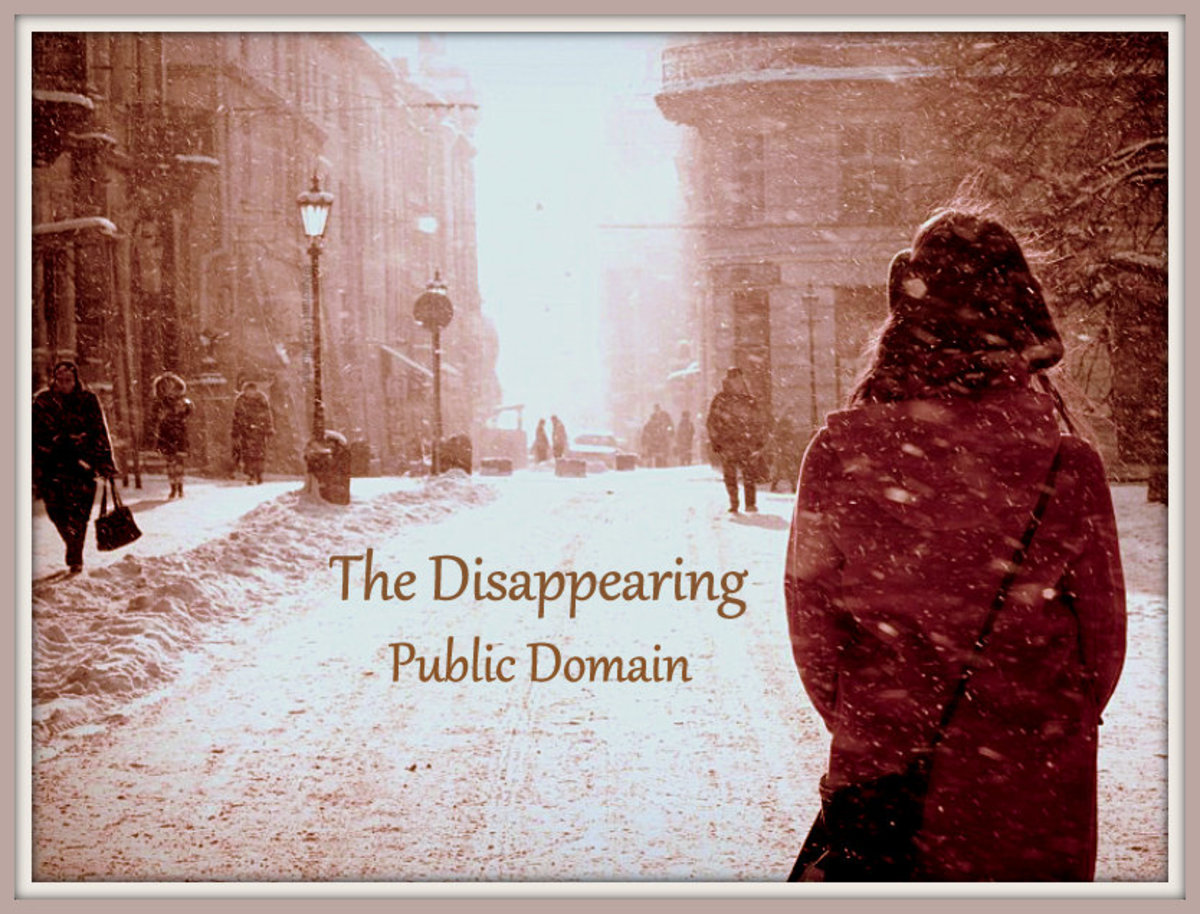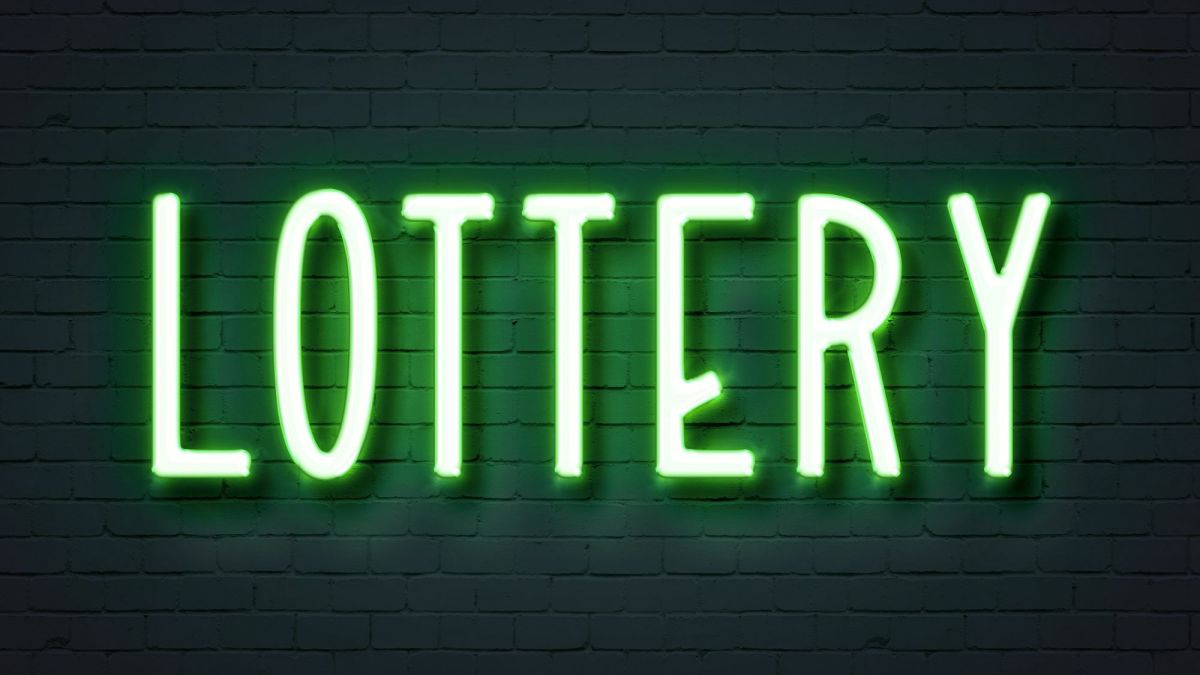All you need to Know about Trademarks, Service Marks, Trade Names, Copyrights and Patents

According to the California Business Portal, a trademark is defined as," any word, name, symbol, or device, or any combination thereof, used by a person to identify and distinguish the goods of that person, including a unique product, from those manufactured or sold by others, and to indicate the source of the goods, even if that source is unknown."
A service mark is defined as, " any word, name, symbol, or device, or any combination thereof, used by a person to identify and distinguish the services of that person, including a unique service, from the services of others, and to indicate the source of the services, even if that source is unknown. Titles, character names used by a person, and other distinctive features of radio or television programs may be registered as service marks notwithstanding that they, or the programs, may advertise the goods of the sponsor."
A trade name on the other hand is defined as," any name used by a person to identify a business or vocation of that person.
Clearly, such word, name or symbol needs to be the sole property of the business to prevent other entities from using the same and causing confusion and/or profiting from an already established trademark or name. Specimens must be provided for both trademarks and service marks. For trademarks, the specimen can be a label of the product sold or a photograph of the mark on the product itself, if the product is too big or bulky to send through the mail. For service marks, the specimen can be a sample of how the services are being advertised. A "yellow page" advertisement, a flyer, a business card, or a photograph of a billboard advertising the services could be submitted. Trademarks and service marks registrations are active for five years after which they may be renewed.
According to the US Patent and Trademark office, a copyright is," a form of protection provided to the authors of “original works of authorship” including literary, dramatic, musical, artistic, and certain other intellectual works, both published and unpublished." The owner of copyright is given the exclusive right to reproduce the copyrighted work, to prepare derivative works, to distribute copies or phono-records of the copyrighted work, to perform the copyrighted work publicly, or to display the copyrighted work publicly. This is contained in the 1976 Copyright Act. To protect your original works, you need to register your copyrights with the US Copyright Office. To register a work, submit a completed application form, a nonrefundable filing fee, which is $35 if you register online or $45 if you register using a paper application; and a non-returnable copy or copies of the work to be registered.
The US Patent and Trademark Office defines a patent as, "A patent for an invention is the grant of a property right to the inventor, issued by the United States Patent and Trademark Office. Generally, the term of a new patent is 20 years from the date on which the application for the patent was filed in the United States or, in special cases, from the date an earlier related application was filed, subject to the payment of maintenance fees. U.S. patent grants are effective only within the United States, U.S. territories, and U.S. possessions. Under certain circumstances, patent term extensions or adjustments may be available."
To protect an invention and its use it is important for a business to register a patent, effectively getting the right to exclude others from making, using, offering for sale, or selling the invention in the United States or “importing” the invention into the United States. This becomes very important where the invention has consumed finances in research and development. The important thing to note, however, is that once a patent is issued, it is the duty of the patentee to enforce the patent without the help of the US Patent and Trademark office.
There are three patents that an inventor may be granted these are:
• Utility patents-These are granted to anyone who invents or discovers any new and useful process, machine, article of manufacture, or composition of matter, or any new and useful improvement.
• Design patents-These are granted to anyone who invents a new, original, and ornamental design for an article of manufacture.
• Plant patents – These are granted to anyone who invents or discovers and asexually reproduces any distinct and new variety of plant.






